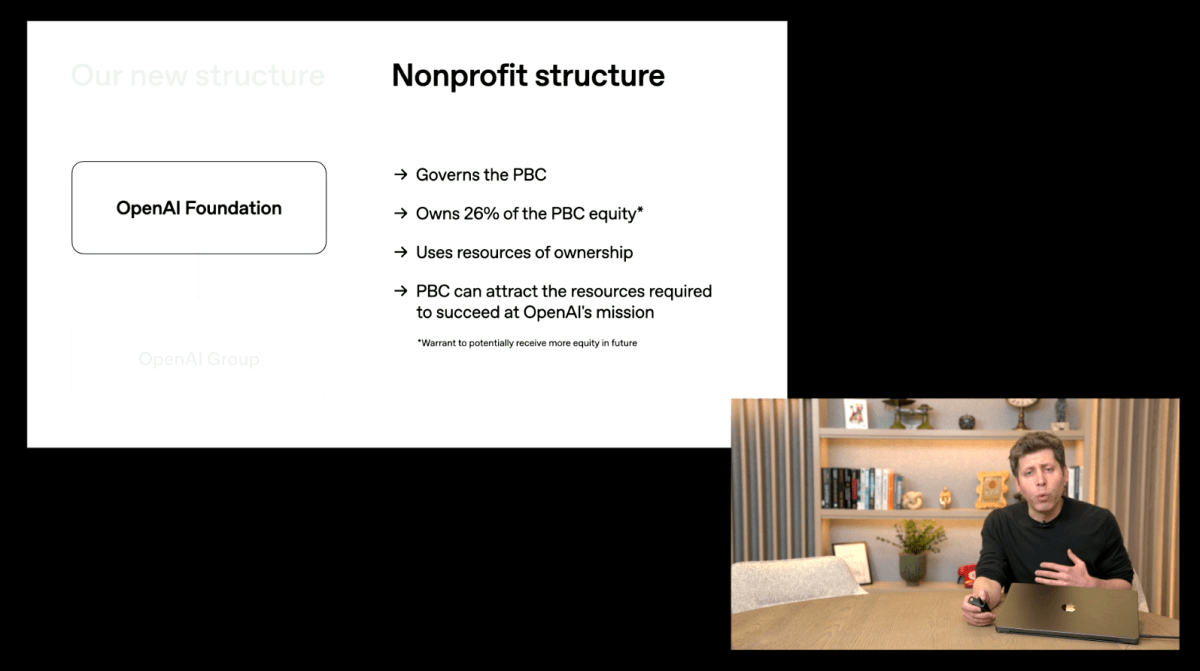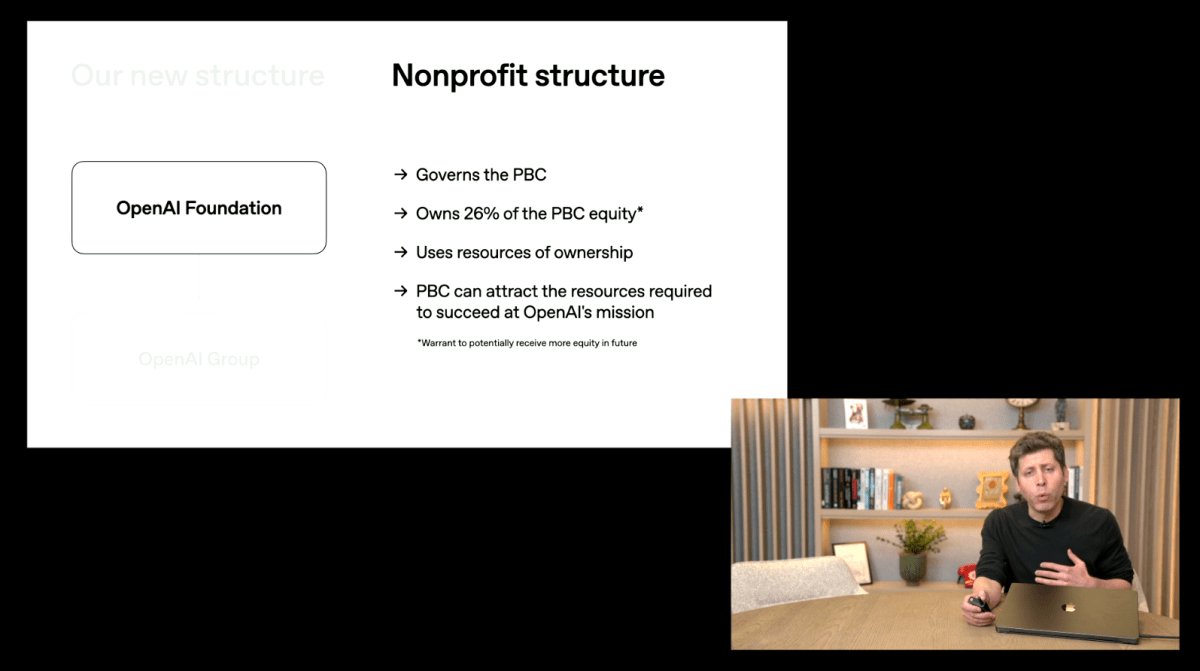Key Points
- OpenAI aims for an intern‑level AI research assistant by September 2026.
- A fully autonomous “legitimate AI researcher” is targeted for 2028.
- The roadmap was announced during a livestream with CEO Sam Altman and chief scientist Jakub Pachocki.
- OpenAI transitioned to a public‑benefit corporation, freeing it from non‑profit constraints.
- The nonprofit OpenAI Foundation will retain a 26% stake and commit $25 billion to disease‑curing AI projects.
- The for‑profit arm plans a 30‑gigawatt infrastructure expansion costing $1.4 trillion.
- Key technical strategy involves scaling test‑time compute and continued algorithmic innovation.
- Current models already match top human performers in the International Mathematical Olympiad.
- The announcement took place at a Techcrunch event in San Francisco (Oct 27‑29, 2025).

AI Research Roadmap
OpenAI disclosed that its deep‑learning models are advancing rapidly, enabling them to solve increasingly complex tasks at a faster pace. The company set two concrete milestones: an intern‑level research assistant targeted for September 2026 and a fully autonomous “legitimate AI researcher” slated for 2028. These goals were announced during a livestream featuring CEO Sam Altman and chief scientist Jakub Pachocki.
Pachocki explained that the forthcoming AI researcher is not a human researcher but a system capable of autonomously delivering on larger research projects. He also suggested that deep‑learning systems could be less than a decade away from superintelligence—defined as systems smarter than humans across a broad range of critical actions.
Strategic Shifts and Corporate Structure
At the same time, OpenAI completed a transition to a public‑benefit corporation, moving away from its original non‑profit roots. This restructuring lifts limitations tied to the non‑profit charter and opens new avenues for capital raising. Under the new framework, the nonprofit OpenAI Foundation will own 26% of the for‑profit entity, govern research direction, and commit $25 billion toward using AI to cure diseases while managing AI research and safety initiatives.
The for‑profit arm, now free to raise additional funds, plans to scale its infrastructure dramatically. OpenAI announced a commitment to 30 gigawatts of infrastructure, representing a $1.4 trillion financial obligation over the next few years. This expansion is intended to support the aggressive AI research timeline while upholding responsible AI development.
Technical Approach
The company’s strategy hinges on two pillars: continued algorithmic innovation and dramatically scaling “test‑time compute,” which refers to the amount of computational time a model spends thinking about a problem. Current models can handle tasks with a roughly five‑hour horizon and already match top human performers in competitions such as the International Mathematical Olympiad. Pachocki indicated that extending the compute horizon will enable models to tackle even more complex challenges, potentially dedicating entire data‑center‑scale resources to a single scientific problem.
These technical advances align with OpenAI’s broader mission to accelerate scientific discovery, address problems beyond current human capabilities, and speed up innovation across fields like medicine, physics, and technology development.
Public Reception and Event Context
The announcement was made at a Techcrunch event in San Francisco, scheduled for October 27‑29, 2025. Attendees and industry observers noted the ambitious timeline and the significant financial and infrastructural commitments required to achieve it.
Source: techcrunch.com
